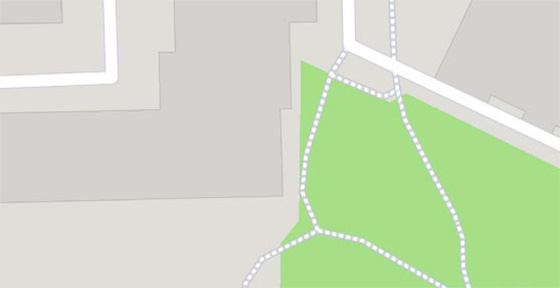Banqueting House
Banqueting House is the only building of the White House palace complex, preserved unchanged after the great fire of London in the 17th century. The palace was originally the residence of the Archbishop of York, and then the royal seat. The Banquet House served as an audience, sumptuous feasts and masked balls. Designed by English architect and creator of theatrical scenery of Indigo Jones in the style of Palladianism, he is famous for the giant ceiling paintings of Peter Paul Rubens.
The construction of the Banquet House was started by Jakub I Stuart, and after his death in 1625, work continued by Karol I Stuart, for whom Rubens created a series of nine large paintings (total area over 200 m2), which are the apotheosis of the Stuart rule. The canvases were made in Antwerp and then rolled up and waited for a year for transport to London. When it was delivered to the Banquet House, it turned out that the paint had cracked, and the ribbing of the ceiling designed by Indigo Jones has different dimensions than Rubens' paintings. Eventually, the work was trimmed and placed on the vault in 1636. Rubens's salary was 3,000 pounds (equivalent to today's 200,000). Sketches of the monumental work are now in the collection of London's Tate Modern.
Karol I Stuart stayed at the Banquet House for the last time on January 30, 1649, when he was led through the main pavilion into the scaffold prepared in front of the building. After a conflict with parliament and his main opponent Oliver Cromwell, the king was tried, convicted and beheaded.
Attractions inside




